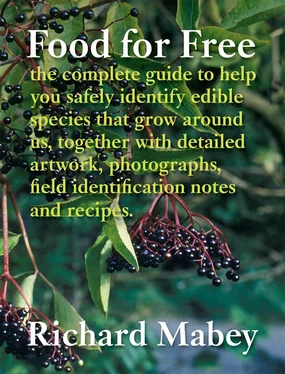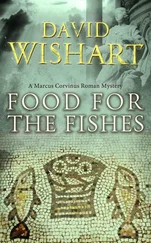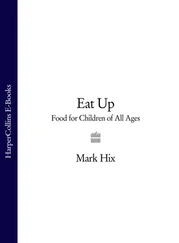© Nicholas and Sherry Lu Aldridge/FLPA
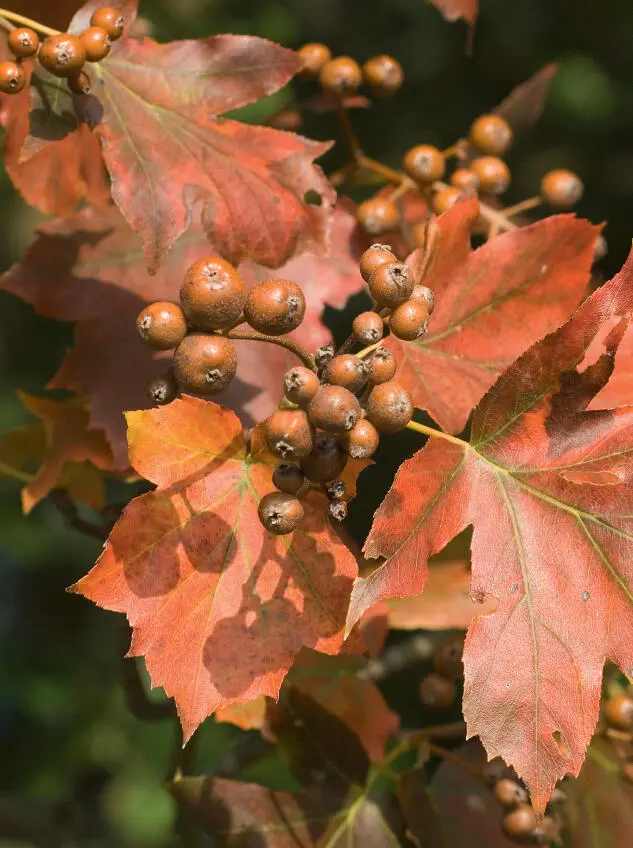
© Derek Middleton/FLPA
Wild Service-tree Sorbus torminalis
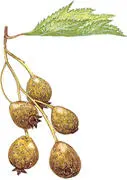
A relative of the rowan and the whitebeam, largely confined to ancient woods and hedgerows on limestone soils in the west and stiff clays in the Midlands and south. Up to 25 m (80 ft). Leaves are alternate, deeply toothed, in pairs. Flowers are white branched clusters, May to June. Fruit is brown and speckled, 12–18 mm (½–¾ inch).
The wild service-tree is one of the most local and retiring of our native trees, and knowledge of the fascinating history of its fruits has only recently been rediscovered.
The fruits, which appear in September, are round or pear-shaped and the size of small cherries. They are hard and bitter at first, but as autumn progresses they ‘blet’ – or go rotten – and become very sweet. The taste is unlike anything else which grows wild in this country, with hints of damson, prune, apricot, sultana and tamarind.
Remains of the berries have been found in prehistoric sites, and they must have been a boon before other sources of sugar were available. In areas where the tree was relatively widespread (e.g. the Weald of Kent) they continued to be a popular dessert fruit up to the beginning of the twentieth century. The fruits were gathered before they had bletted and strung up in clusters around a stick, which was hung up indoors, often by the hearth. They were picked off and eaten as they ripened, like sweets.
The tree is also known as the chequer tree, referring to the traditional pub name Chequers (the chequerboard was the symbol for an inn or tavern in Roman times). The berries were used quite extensively in brewing.
Chequerberry beer
I have the house recipe for ‘chequerberry beer’ from the Chequers Inn at Smarden, Kent. ‘Pick off in bunches in October. Hang on a string like onions (look like swarm of bees). Hang till ripe. Cut off close to berries. Put them in stone or glass jars. Put sugar on – 1 lb to 5 lb of berries. Shake up well. Keep airtight until juice comes to the top. The longer kept the better. Can add brandy. Drink. Then eat berries!’
© Derek Middleton/FLPA
Whitebeam Sorbus aria
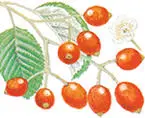
Locally frequent in scrub and copses in the south of England, and popular as a suburban roadside tree. Also a very striking shrub, flashed with silver when the wind turns up the pale undersides of the leaves.
The bunched red berries are edible as soon as they begin to ‘blet’, like service berries. In the seventeenth century John Evelyn recommended them in a concoction with new wine and honey, though they are rather disappointing.
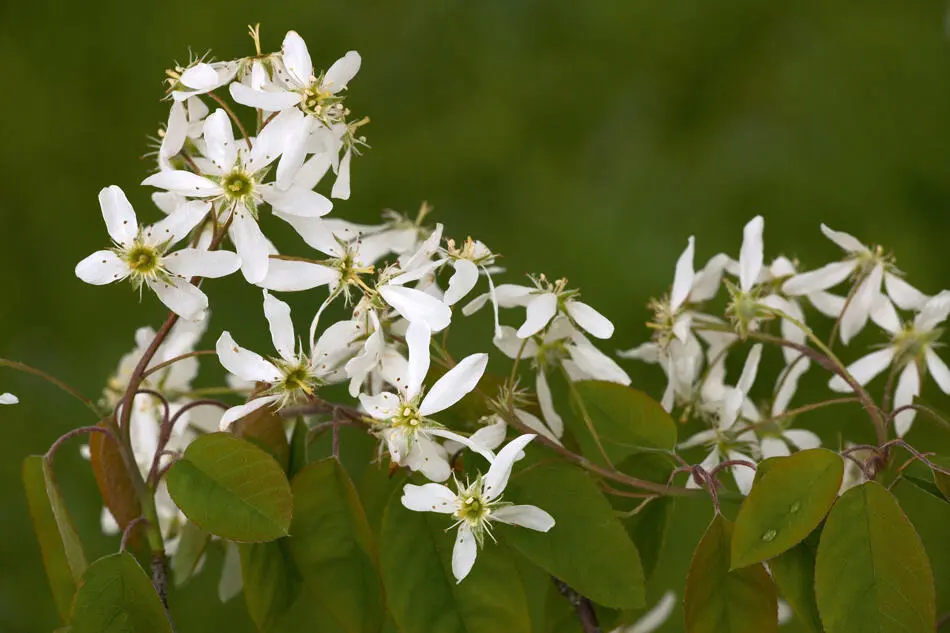
© Bob Gibbons/FLPA
Juneberry Amelanchier lamarckii
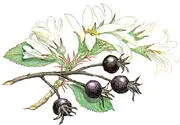
An American shrub naturalised in woodlands in a few areas of the south of England, notably on sandy soils in Sussex. Up to 10 m (33 ft) high. Leaves alternate, oblong. Drifts of white blossom in April and May. Fruit purplish-red/black, 10 mm (½ inch) with withered sepals, in June.
The purplish-red berries rarely form in this country, but they are sweet to taste, and can be eaten uncooked or made into pies. In America they are sometimes canned for winter use.
Medlar Mespilus germanica
A small, twisted deciduous tree, with long, untoothed and downy leaves. Large solitary white flowers appear in May. Fruits resemble large brown haws.
Medlar was, together with quince, mulberry and walnut, one of the quartet of trees that were usually planted singly in old herb gardens, often at the corners. They are now largely out of fashion in cultivation, and are probably not native in Britain. Yet the odd tree can still be found in old parkland and orchards, and, in the south of England, in hedgerows and woods near farms. These may be bird-sown, naturalised specimens; but fruit trees were occasionally planted out in these sites so as not to take up cultivated ground. Medlars are remarkable for their dark contorted trunks, their solitary white flowers which sit on the trees like camellias, and for the large brown fruits that start to fall from the tree in November. Although they were once recommended as a treatment for diarrhoea, they are wood-hard in this state and must be allowed to ‘blet’, or decay, before they are edible. Kept in a warm, dry place for a couple of weeks, the flesh browns, sweetens and softens to a consistency something like that of chestnut purée.
Medlar comfit
The bletted fruits make an intriguing confection served as they are. The slightly ‘high’, fruity flavour and granular texture make them ideal for serving with whisky. The flesh can easily be squeezed out of one end of the fruits if they are properly ripe. Alternatively, the tops can be cut off and the flesh scooped out with a spoon, then topped with cream and brown sugar to taste.
Medlar purée
Medlar purée makes a good filling for a flan or pie. Make a pulp by mixing three parts of medlar pulped through a sieve, one part double cream, a little sugar and the juice of two lemons, all whipped together until smooth.
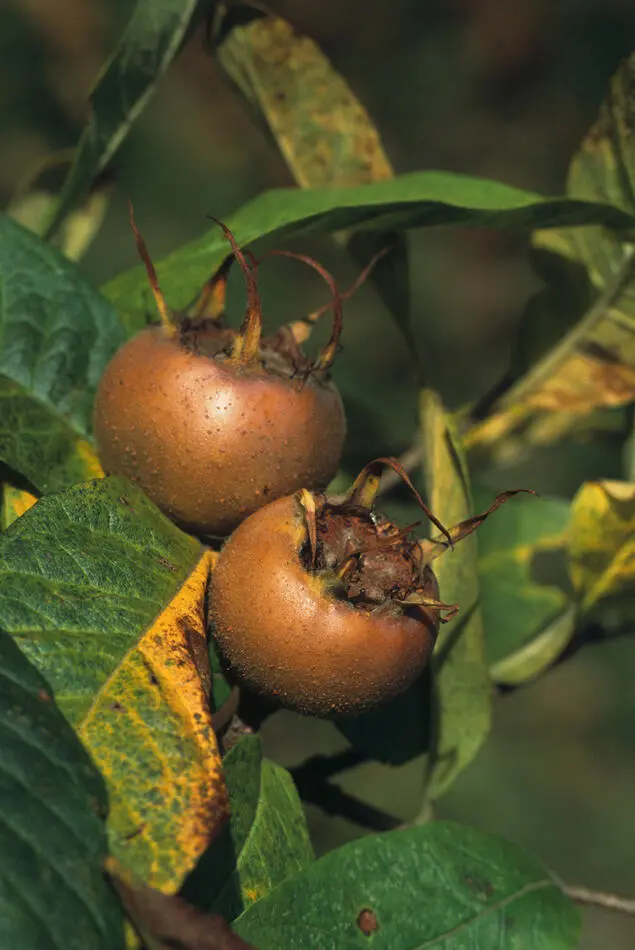
© Derek Middleton/FLPA
© Roger Tidman/FLPA
Hawthorn, May-tree Crataegus monogyna
Widespread and abundant on heaths, downs, hedges, scrubland, light woods and all open land. Small tree or large shrub, up to 6 m (20 ft) high. Leaves glossy green and deeply lobed on spiny branches. Flowers: May to June, abundant umbels of white (sometimes pink) strongly scented blossoms. Fruit: small round dark red berries, in bunches.
The young April leaves – traditionally called bread and cheese by children in England – have a pleasantly nutty taste. Eat them straight from the tree or use them in sandwiches, or in any of the recipes for wild spring greens. They also blend well with potatoes and almost any kind of nuts. A sauce for spring lamb can be made by chopping the leaves with other early wild greens, such as garlic mustard and sorrel, and dressing with vinegar and brown sugar, as with a mint sauce. The leaf buds can be picked much earlier in the year, though it takes an age to gather any quantity, and they tend to fall apart. Dorothy Hartley has a splendid recipe for a spring pudding which makes use of the buds, for those with the patience to collect large numbers of them.
Hawthorn berries (haws) are perhaps the most abundant berry of all in the autumn. Almost every hawthorn bush is festooned with small bunches of the round, dark-red berries, looking rather like spherical rosehips. When fully ripe they taste a little like avocado pear. They make a moderate jelly, but being a dry fruit need long simmering with a few crab apples to bring out all the juices and provide the necessary pectin. Otherwise the jelly will be sticky or rubbery. It is a good accompaniment to cream cheese.
Читать дальше
